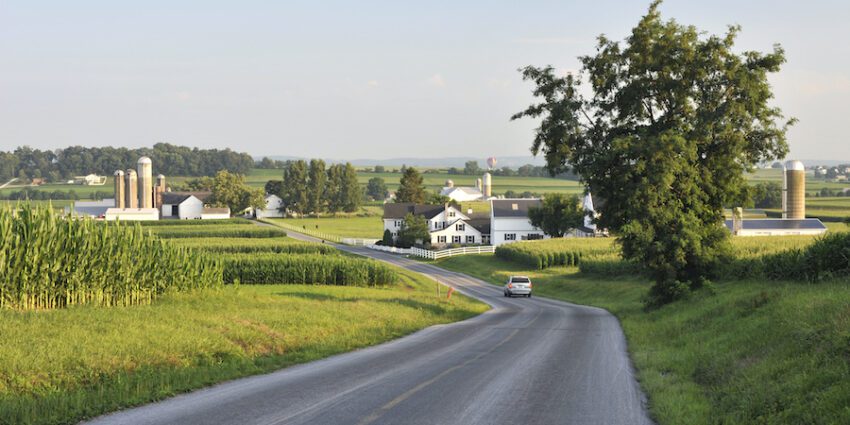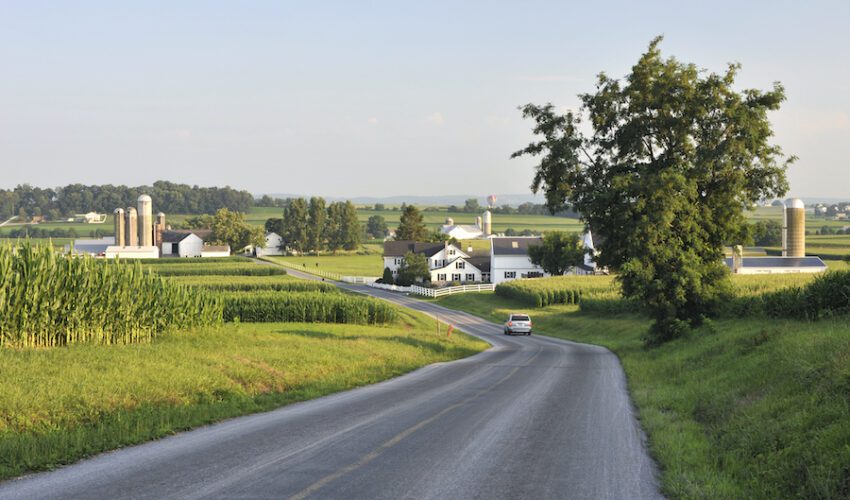From field to freeway: New study shows ethanol is 46 percent cleaner than gasoline
Jan. 29, 2021
This paid piece is sponsored by South Dakota Biotech.
A study published this month by research and consulting firm Environmental Health & Engineering, or EH&E, provides an updated carbon intensity score of corn ethanol. The peer-reviewed results show that many conclusions about the life cycle carbon intensity of ethanol are out of date and do not accurately reflect current data.
Overall, the updated life cycle analysis modeling and emissions data shows the carbon intensity score for corn ethanol is 46 percent lower than conventional gasoline today.
“The results of this research are timely for the scientific, public health, legislative and business communities seeking to establish a net-zero carbon economy while addressing related technological, political and economic challenges,” said David MacIntosh, EH&E chief science officer and adjunct associate professor of environmental health at Harvard’s T.H. Chan School of Public Health.
The study shows how continuous improvements in technology and farming will drive further emissions reductions in the life cycle of ethanol, leading to net-zero renewable fuel in the future. It highlights ethanol’s opportunities for clean fuel policy to help shift the U.S. away from fossil fuel dominance to cleaner fuel alternatives.
“Ethanol is the only readily available, affordable, low-carbon liquid fuel on the market today that can help fight climate change throughout its entire life cycle and may soon be the only net-zero liquid fuel,” said Doug Berven, vice president of corporate affairs at POET.
Sioux Falls-based POET, the world’s largest producer of biofuels, operates six ethanol plants in the state and purchases an estimated 138 million bushels of corn to produce nearly 400 million gallons of ethanol.
“The findings in this report highlight what farmers have known all along. The benefits of corn ethanol to the climate have been significantly undervalued. The report notes what the current average carbon-reducing value of ethanol is across growing regions and production processes,” said Lisa Richardson, executive director of South Dakota Corn.
According to EH&E, the carbon intensity score of corn produced in states across the Upper Midwest, which supply the bulk of corn for ethanol, could be reduced up to 74 percent by adopting conservation tillage, reducing nitrogen fertilizer use and implementing cover crops.
“Corn farmers in South Dakota can contribute even more significant carbon benefits if federal low-carbon fuel policies are crafted to reward farmers for implementing practices that will make corn ethanol a zero-carbon emission fuel rather than precluding ethanol expansion in the marketplace,” Richardson said.








